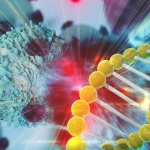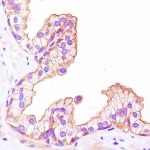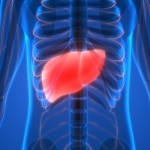
News • Bone thinning
Largest ever genetic study marks likely osteoporosis treatment target
Scientists are honing in on a potential treatment for osteoporosis, after performing the largest ever genetic study of the common age-related bone-thinning disease.


























